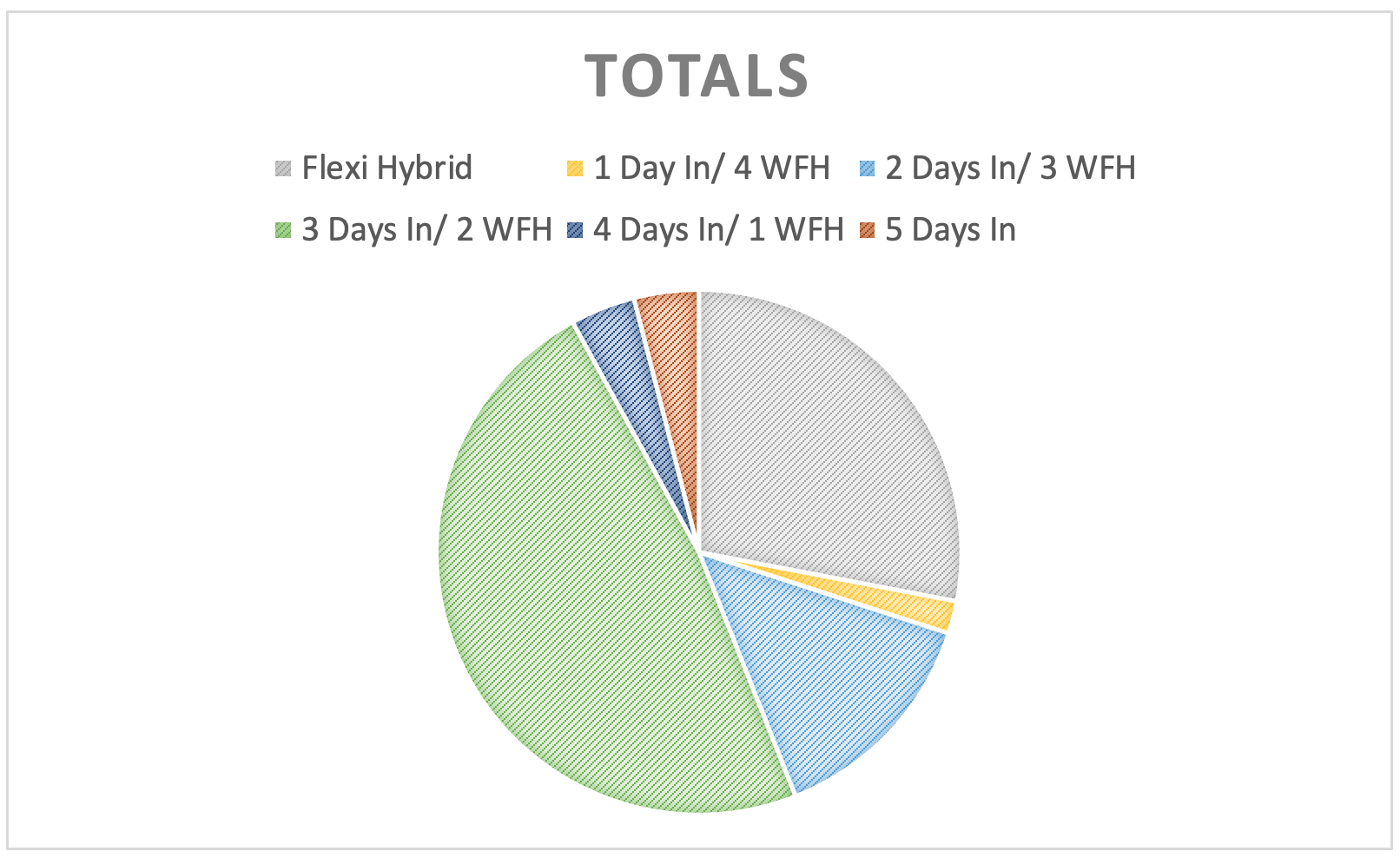
Since we were thrown into unchartered territory due to COVID 19, industries across the world were suddenly forced to shift their working patterns and acclimatise to a new way of working. New systems were implemented, new ways of meeting people were introduced, and new ways of operating businesses were founded.
As a well-established Insurance and Finance Recruitment Agency, we, at Harrison Holgate, are constantly speaking to candidates and clients about their working arrangements and expectations. It soon became apparent that the ‘physical workplace’ was a thing of the past. More and more candidates were eager to maintain the flexibility, if not, remoteness, the lockdowns had to offer, while clients wanted to ensure employees were returning to the offices. Finding the balance was proving to be a little difficult within an industry that was struggling to find what the new ‘normal’ was.
Curious as to understand how, as an industry, we are still handling the return to work, I decided to conduct a research project across the market to discover what hybrid models our clients at Harrison Holgate were currently operating under.
It soon became apparent, through market research that this was a hot topic!
The Results are in...

*Flexi working includes completely remote, smart working and models that were not set in stone.

Why are clients offering Hybrid Working?
There were several reasons that came out of my conversations with clients, the main ones being:

Hybrid working has remained (for now), due to our clients wanting to simply offer flexibility to their employees and essentially offer them a better work/life balance. Some clients even stating that the outputs were much better than pre pandemic levels.
Employers began to really understand the complexities around their employee’s mental health and understood that an unhealthy work life balance could be a trigger.
The flexibility surrounding WFH days and Core Working Hours, in some cases, is offering employees the opportunity to make the most of their days enabling certain fulfilment from being able to do things that they otherwise would be unable to do. Mothers can return to work and not feel added stress to their daily routines. People can go to the gym in the morning as opposed to rushing to classes after work, and Fathers can enjoy quality time with their children, all while continuing to successfully work and deliver positive outcomes for the companies they worked for.
I suppose the question is, how long can this way of working be maintained for?
Watch this space for updates in the new year!
* I think it is important to note here that through talking to our clients, it was clear that no hybrid working arrangements would be contractual. They are a benefit. And can change as per needs of the business.